ONLY THE BEST CARE
An old truism is that regular cleaning and treatment with suitable care products contribute significantly to extending the life of shoes. Over the years, the leather acquires a beautiful patina and, with the right care, remains supple, soft and smooth.
Well polished shoes are part of a neat appearance and are an expression of self-respect and appreciation.
13 TIPPS FOR A LONG SHOE LIFE
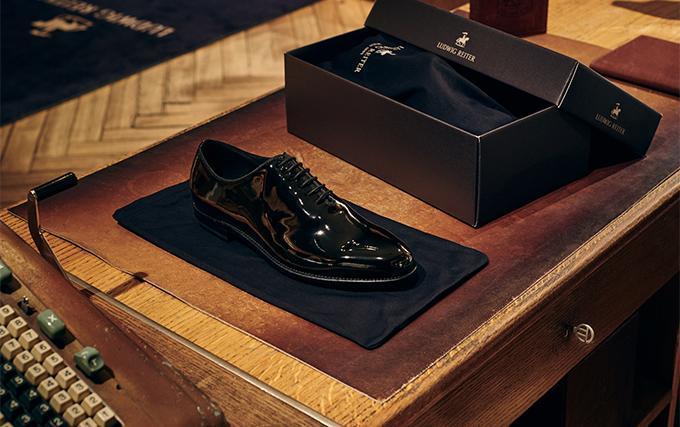
TIPP 1 - SHOE CARE STARTS WITH THE PURCHASE
You should choose your shoes carefully, take enough time to try them on and seek good advice. It is not only the feet that suffer from a poor fit but also the shoes.
Both shoes that are too tight and those that are too wide can put excessive strain on the leather by stretching and wrinkling.
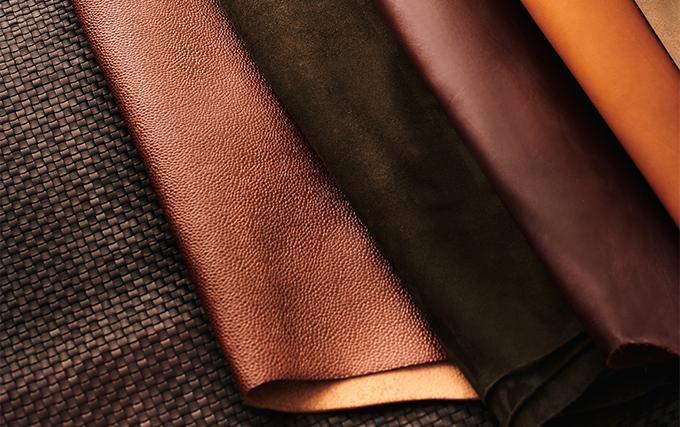
TIPP 2 - CHOOSE A SUITABLE UPPER LEATHER
The upper leather should be chosen according to the intended use of the shoes.
Fine boxcalf, sporty suede, robust Russia leather, elegant cordovan, durable scotch grain - these are just a few examples of the leather types Ludwig Reiter shoes are made of.
An individual consultation in our branches will tell you which is the most suitable upper leather for your desired purpose.
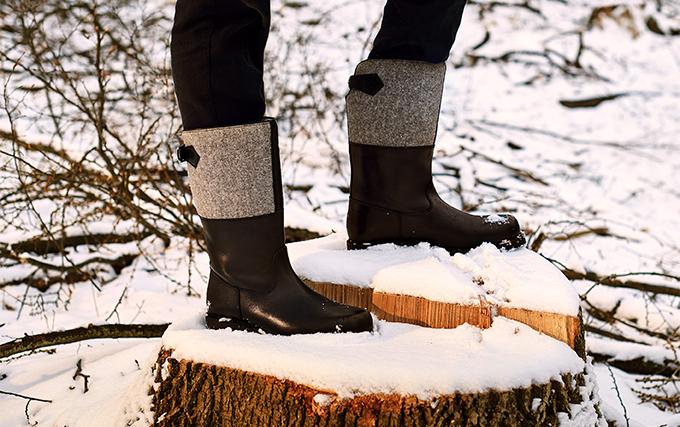
TIPP 3- the right SOLE
The sole is also chosen according to the requirements of the shoe.
Leather soles are breathable and do not chafe, but are slippery and never completely waterproof.
Rubber soles are waterproof and, depending on the profile, slip-resistant, but they can leave behind abrasion and are not breathable, which can lead to increased sweating and thus to faster wear of the shoes.
A combination of rubber and leather sole, the "all-weather sole", has the attributes of a leather sole, is non-slip and can also withstand some wetness.
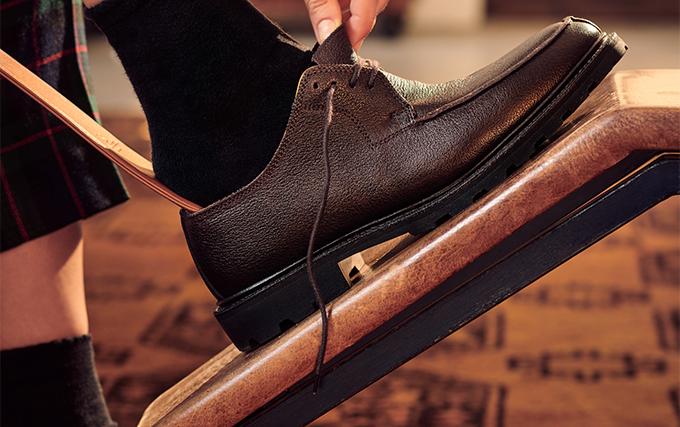
TIPP 4 - slip in and out carefully
When putting on the shoes, untie the shoe laces or open the buckles as wide as possible and use a shoehorn. This avoids damage to the heel cap and heel lining.
When taking the shoes off, be careful not to step on the heel cap. A so-called bootjack can help to take off the shoes very gently.
-KACHEL.jpg)
TIPP 5 - the INDIVIDuaL FootBEd
Feet and shoes have to get used to each other. Good leather is adaptable and the natural cork layer of a welted shoe, which is built in under the leather insole, forms an individual footbed over time.
Goodyear-welted shoes can be tough at first, but they develop their comfort gradually over time. Therefore, it is best to wear in new shoes a few steps at a time: First only one hour a day, then two, then half a day, etc.
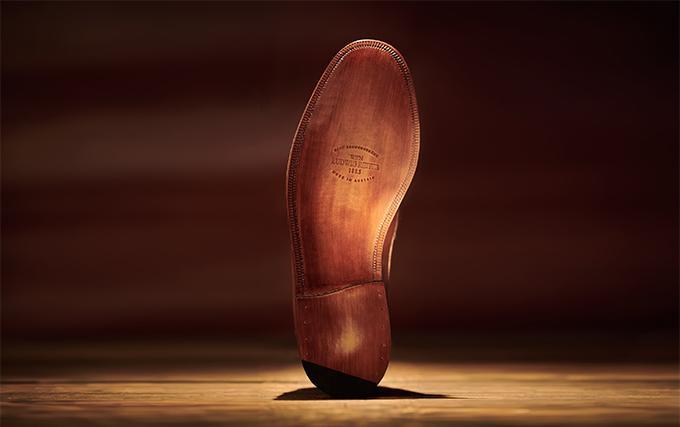
TIPP 6 - ingenious leather soles
Thanks to their elegance and lightness, leather soles are very popular soles for Goodyear-welted shoes. Leather soles of Ludwig Reiter shoes are always made of vegetable tanned cowhide.
To ensure durability, it is recommended that shoes with new leather soles are initially worn only on dry days to prevent the leather from swelling due to wetness and thus premature damage. With vegetable-tanned leather soles, the outer layer hardens over time due to pressure and moisture and then, when properly worn in, develops a natural protection against abrasion and moisture.
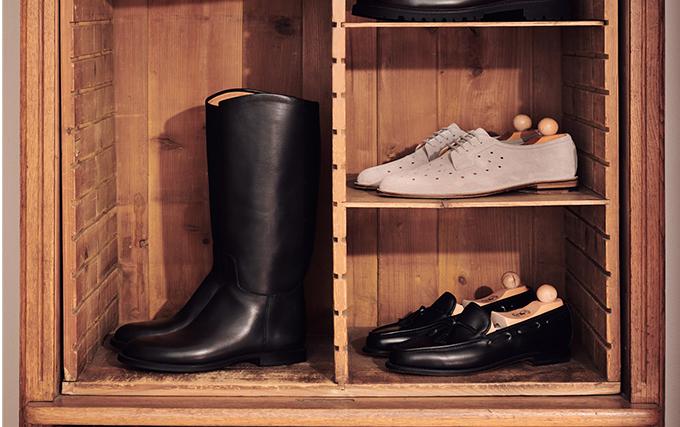
TIPP 7 - let them breathe a little
The inner lining of Ludwig Reiter shoes is entirely made of leather or lambskin and offers the feet a particularly high level of breathability. Nevertheless, foot sweat can be very aggressive and can reverse the tanning process, resulting in cracks and breaks.
We recommend never to wear the same shoes on two consecutive days, because even shoes need to be aired. If possible, the shoes should even be changed during the course of a day. Ideally, the shoes should rest twice as long as they have been worn to allow full airing.
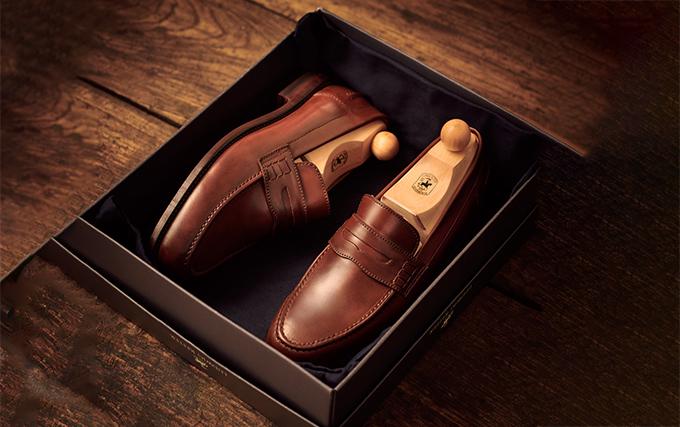
TIPP 8 - rest and relax
If the shoes are not worn, they should always be stored in a dry, airy place. You should also use shoe trees made of uncoated, absorbent wood so that the shoes keep their shape. The shoe trees should above all prevent the sole from bending upwards. You do not have to fill the shoe completely. Under no circumstances should the shoe tree overstretch the shoe.
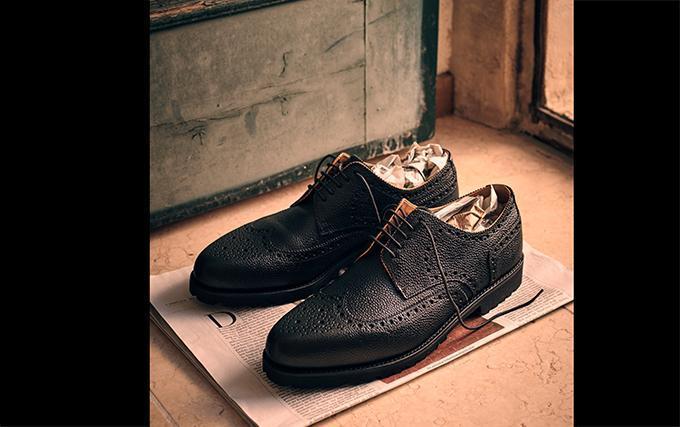
TIPP 9 - how to dry wet shoes
If the shoes are soaking wet or very sweaty, you should air them out well before you put in the shoe trees. Drying can be accelerated by stuffing the shoes with newspaper, as it absorbs the moisture very gently.
Never dry shoes too close to a radiator, as this dries out the leather and causes it to become brittle.
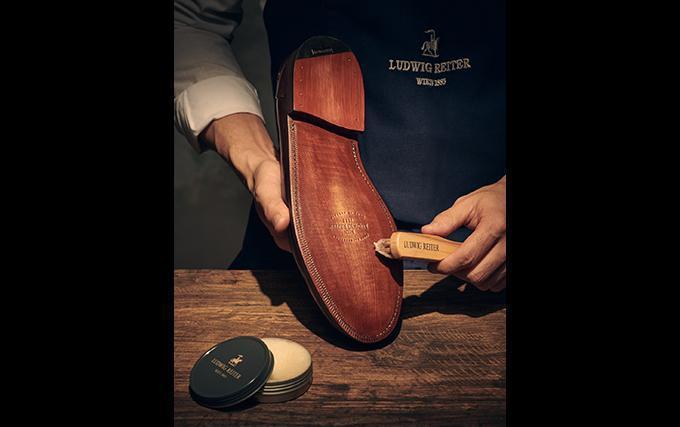
TIPP 10 - soles and welts
Soles and welts also need some special attention. To prevent them from drying out and becoming brittle, to maintain their flexibility and weather resistance, leather soles, welts and welt seams should be treated with leather grease once in the summer season and twice in the winter season. Attention: Freshly greased soles can leave marks on the floor so let the grease absorb into the leather first.
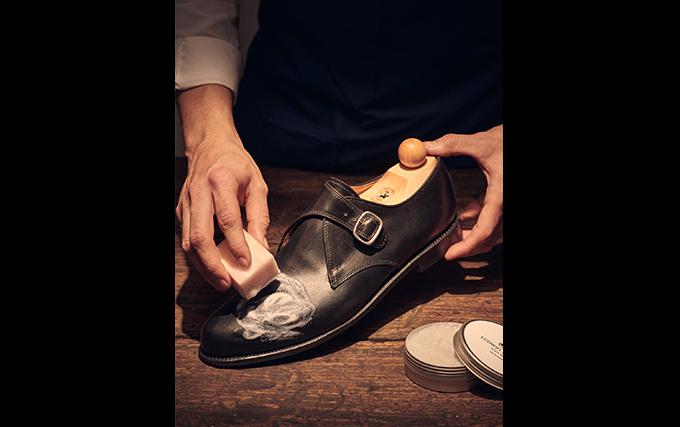
TIPP 11 - SOAP VS. salt and dirt
Unremoved dirt and salt can permanently damage the leather.
Soiled shoes or shoes encrusted with shoe paste should be cleaned with a boar's hair brush. In case of heavy soiling wash the shoe with water and saddle soap.
Saddle soap is lathered with a little water and then applied to the upper leather. Then the foam is wiped off again with a cloth.
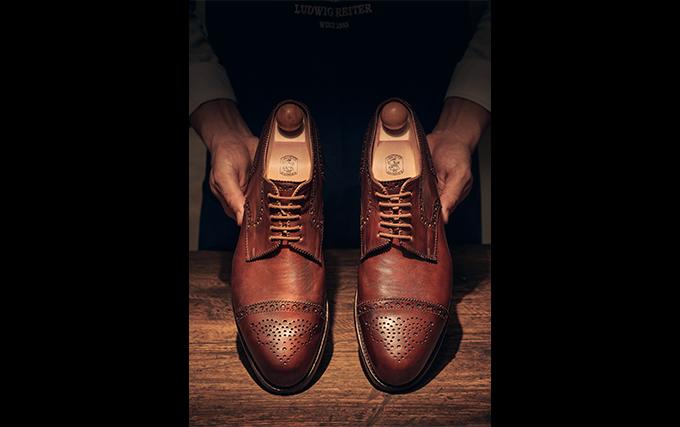
TIPP 12 - PRAISE FOR THE PATINA
Sensitivity to mechanical damage from the outside is not a lack of material in elegant leather shoes, on the contrary, it is a sign of the natural characteristics of the leather. Small damages can usually be concealed with shoe polish. Incidentally, one should not worry about slight signs of wear on long worn shoes, as long as they are always properly cleaned.
Where else would the much-praised patina of fine leather shoes come from?
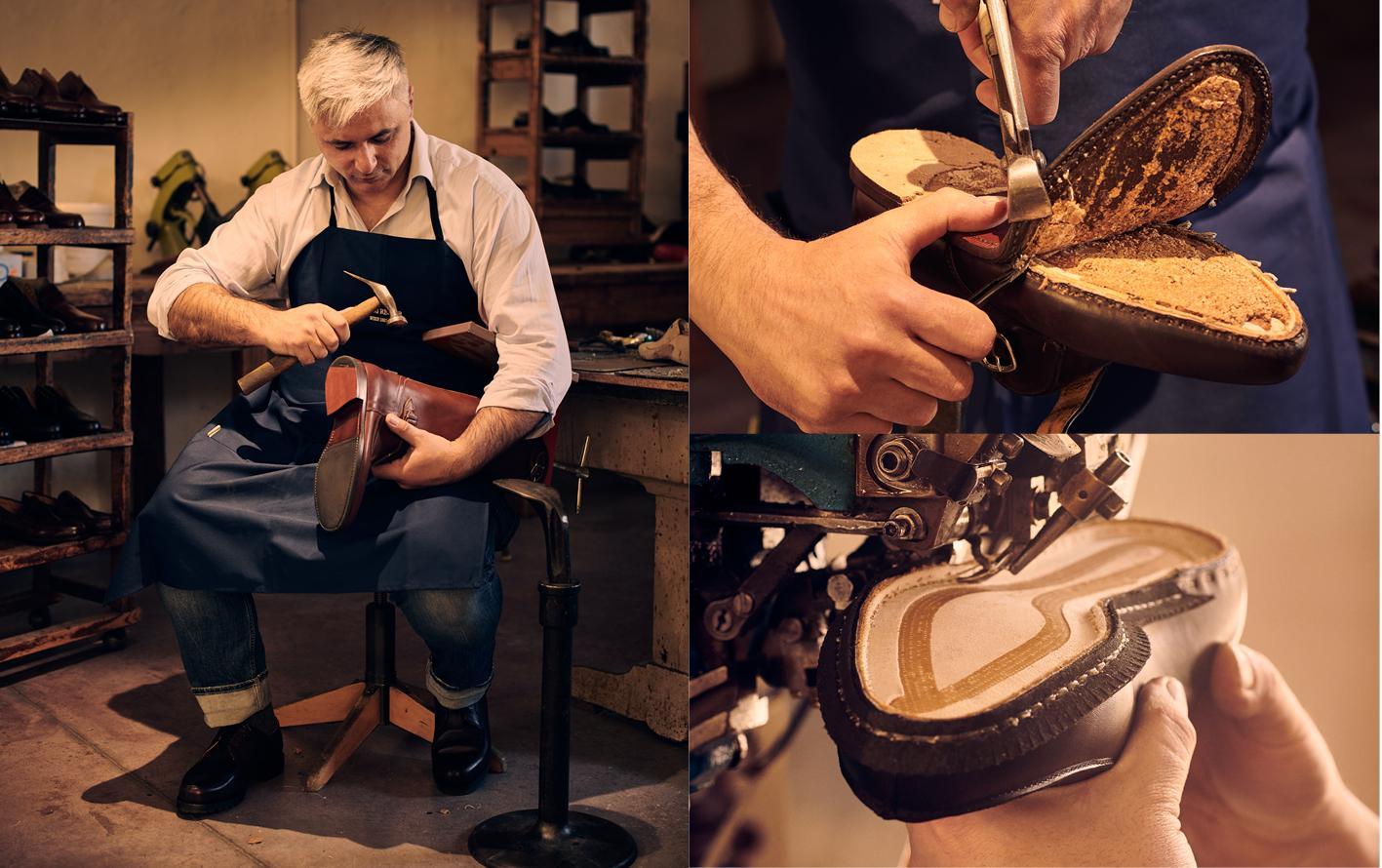
TIPP 13 - REPAIRS
With proper care, a welted shoe can be worn for many years. However, soles and heels are wearing parts that have to be renewed every few years, depending on the wear and tear.
One of many advantages of the welted shoe is that it can be disassembled into its individual parts again. This makes repairs easier than with ordinary shoes. Especially the "modular" sole and the heel can be easily renewed. The shoe is then as good as new again.
In the case of welted shoes, a skilled craftsman can separate the sole from the welt and sew on a new sole, so that the shoes are almost as good as new and fit a little tighter again afterwards. Attention: Newly soled shoes must therefore also be worn in again!
Improper repairs should be avoided, as these can significantly impair the overall functionality of the shoe, especially with a Goodyear-welted structure. Also, if the correct material and original lasts are not used for the repair, the fit of the shoe can change so much that increased wrinkling and cracking of the leather will be the result.
You can bring your Goodyear-welted Ludwig Reiter shoes to the Ludwig Reiter stores and have them repaired by our craftsmen in Vienna. Alternatively you can send them to us in Vienna, please contact us via reiter@ludwig-reiter.com for details.